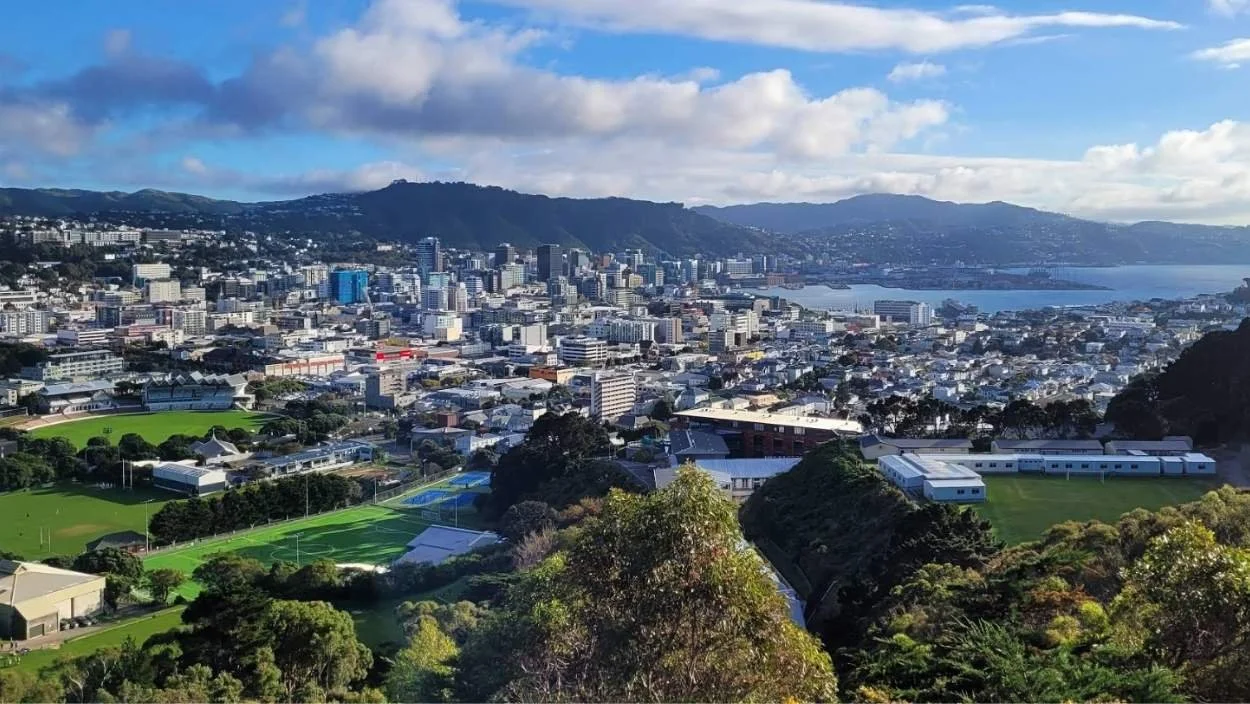Why "No Build" Is Like the Redshirt Guy on Star Trek
The Brent Spence Bridge Corridor in Cincinnati will soon be the scene of a massive highway expansion project. It started with a multi-year planning process in which several traffic scenarios were studied in detail. The final recommendation calls for a $3.6 billion project that would build a new companion bridge and expand adjacent roadways in Ohio and Kentucky.
Local advocates fighting the expansion project have argued that the plans are not only prohibitively expensive, they also double down on the harms caused when highway building razed a historic Black neighborhood. After all that planning, they argue the best option is not to build it at all and save the massive outlay for projects that benefit local residents.
The National Environmental Policy Act (NEPA) requires an analysis of a “No Build Alternative“ for major federal transportation projects. This also applies to local and state projects with federal funding and requires documentation “that details the process through which a transportation project was developed, includes consideration of a range of reasonable alternatives [and] analyzes the potential impacts resulting from the alternatives.”
But rather than assess how that money could be better spent, the authors of the studies often provide projections that show how taking no action will have dire consequences, ranging from moderate traffic delays to increased fatalities. With significant funding sources available for many transportation projects, decisionmakers almost always opt for a “preferred alternative” that involves new construction.
Strong Towns Founder Charles Marohn compares no build to “that guy in the red shirt on Star Trek.” On the classic TV show, red-shirt guy is a character introduced only to be sent out to be killed at the first sign of conflict. This routinely happens to the no build option in the transportation planning process. It’s the one you read about and quickly move on from because no one advocates for it and it won’t be the selected outcome.
There are many reasons for this. The primary one is that the parties preparing the proposals often stand to benefit from a project going forward. So, when it comes to explaining the option of making no major changes, “they always make the status quo look terrible, so anything they do is going to be an improvement,” says Edward Erfurt, Strong Towns director of community action.
This is reflective of a top-down transportation funding process that rewards new projects over needed, and often neglected, maintenance. Another major factor is politics. “There's no mayor or governor or congressperson that will get reelected on a no build. They need a ribbon cutting, they need to show that they've taken action” on issues such as congestion and safety, adds Erfurt.
As for the dire predictions for failing to pursue a project, especially regarding safety, Erfurt argues the opposite happens. “I never find the deaths drop when a highway gets expanded. Or that congestion disappears.”
For elected officials and citizen advocates who want to influence transportation policy, the lesson is to engage much earlier in the process. By the time you’ve seen a presentation with all the available options, there’s often an underlying consensus on the desired selection. Marohn recommends a more proactive approach, seeking meetings with policy makers and agency employees at all levels of government and developing working relationships that will allow you to better represent the needs of your community and constituents before the next project is proposed.
In many industries, leaders will do post-mortems to identify whether an initiative was successful, comparing what was promised in the plans with what was delivered to end users. Erfurt identifies another major flaw with the road-building process: “Once we build something, we never go back and analyze that project.”





Ben Abramson is a Staff Writer at Strong Towns. In his career as a travel journalist with The Washington Post and USA TODAY, Ben has visited many destinations that show how Americans were once world-class at building appealing, prosperous places at a human scale. He has also seen the worst of the suburban development pattern, and joined Strong Towns because of its unique way of framing the problems we can all see and intuit, and focusing on local, achievable solutions. A native of Washington, DC, Ben lives in Venice, Florida; summers in Atlantic Canada; and loves hiking, biking, kayaking, and beachcombing.